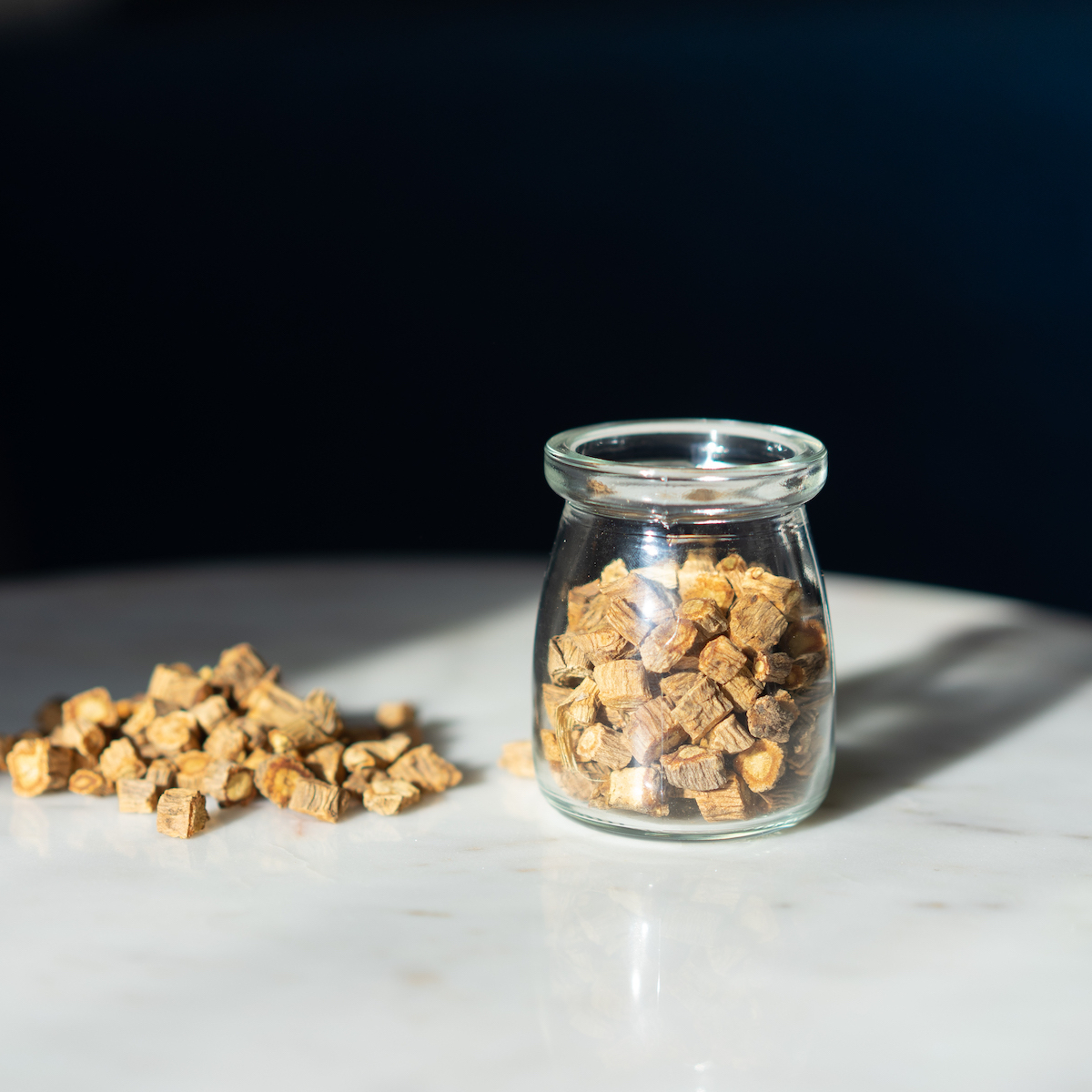
COMMON NAME (Chinese Name)
Siler Root (Fang Feng)
BOTANICAL NAME
Saposhnikovia divaricata
USES
Fang Feng, also known as Saposhnikovia divaricata, refers to the root of siler used in traditional Chinese medicine for centuries. The roots contain certain bioactive compounds such as organic acids, chromones, polyacetylenes, coumarins, and other trace compounds that exhibit a wide range of health benefits. Fang fend is widely used to support, enhance, and strengthen the immunity system against infections and environmental hazards. It relieves seasonal flu, suppresses cough, and improve symptoms of allergic conditions. As an herb that is classified as warm, acrid and sweet, it does this by promoting sweating.
Fang Feng is considered as a remedy for treating temperature related or wind-related disorders. It delays hypersensitivity, effectively regulates body heat, relieves cold-related headache, pain, chills, and fever. Also, studies showed antibacterial properties of Fang Feng by inhibiting the growth of pathological agents. Siler root supports cardiovascular health by preventing the risk of atherosclerosis via its anti-inflammatory and antioxidant activity.
Medical studies have reported the antioxidant and antitumor activity of Fang Feng. It slows down the progression of tumours via inhibiting cancer cell proliferation and relieving oxidative stress. Besides, Fang Feng possesses anti-inflammatory and analgesic activity by relieving stiffness and inhibiting the production of inflammatory mediators that helps to reduce pain and also protect the bones and joints. This beneficial effect may support joint health and treat rheumatoid arthritis.
Fang Feng enhances the ability of the body to fight against allergens and pathological agents. It helps to reduce the risk of infections and improve immune response. Studies have also reported that Fang Feng restores gastrointestinal motility by relieving constipation, supports kidney health by suppressing urine and improve mental health by preventing the risk of delirium and hallucinations. Moreover, it is used in combination with other Chinese medicines such as Jing Jie, Bai Ji Li, Cang Zhu, Zhi Tian Nan Xing, Zhi Bai Fu Zi, Tian Ma, etc. to improve trismus, spasms, measles, pruritis, lethargy, stifling fullness in the chest and abdomen, generalized aching discomfort and also to support supports optimal hepatic and spleen functions.
PREPARATION & ADMINISTRATION
Preparation of Feng Fang is available for oral administration in the form of powder, decoction, or pills. Mostly, it is used as bulk herbs in boiling water for consumption in the form of tea or soup. Warm water is used for making decoctions from the extract of Fang Feng for medicinal purposes.
PRECAUTIONS
Fang Feng is contraindicated during severe medical conditions including Wind-stroke, postpartum seizures, or convulsions, headache due to Yin Deficiency, Blood Deficiency with spasms, liver Yang or Liver Wind Rising, cough from Fire, spontaneous sweating from Qi Deficiency, nausea from rebellious Qi, difficulty passing stools or urine, and Yin Deficiency with Heat signs. Moreover, don’t use it concomitantly with other herbs like Li Lu. Gan Jiang, Bei Xie, and Shan Zhu Yu. Don’t exceed the recommended dose, plus avoid its use during pregnancy and breastfeeding. Always consult a certified herbalist or physician before consuming Siler Root.
REFERENCES

Comments (0)